Significance
Despite its relatively short history, Dharma Drum Mountain has already become one of Taiwan’s four largest Buddhist centers. It advocates the concept of Buddhism as part of life or secular Buddhism and is also the first Buddhist society to encourage the practice of environmentally sustainable ash burial. Besides adopting traditional Zen practices, Dharma Drum Mountain’s founder, Master Sheng Yen, also consolidated the doctrines of Indian Buddhism, Chinese Buddhism, Theravada Buddhism, and Tibetan Buddhism into a new school of Chinese Buddhism called the Chunghwa (Chinese) Zen Dharma Drum Sect. When the building known as the Underground Palace was completed in 1996, over three hundred works of Buddhist scripture and other artifacts from around Taiwan were redeposited inside, making it the first underground museum to showcase Taiwan’s Buddhist heritage and ushering in a new era in Taiwan’s Buddhist cultural legacy.
History
The history of Dharma Drum Mountain World Center for Buddhist Education can be traced back to 1959, when Master Sheng Yen completed his military service and took up the monk’s robes for the second time in his life. He served as a disciple of Dong Chu (1908 – 1977), who had established the Nunchan Monastery and the Chunghwa Institute of Buddhist Culture in Beitou in 1955. Before Dong Chu passed away, he enjoined Sheng Yen to take over the monastery. Over time, the numbers of believers and students outgrew the size of the monastery, but fortunately, the monastery was able to purchase a piece of land in Jinshan in 1989. Because the mountain resembled a large drum lying on the ground, it was given the name of Dharma Drum Mountain, and the Dharma Drum Mountain World Center for Buddhist Education was built there. The inauguration took place in 2005, and since then, the center has grown into an international religious organization. Master Sheng Yen later worked to carry out the consolidation of the Linji and Caodong Schools of Buddhism, resolved contradictions between Indian and Chinese Buddhism, and studied Korean, Japanese, and Vietnamese Zen concepts and practices as well as the doctrines of Theravada and Tibetan Buddhism, finally establishing the Chunghwa Zen Dharma Drum School. In 1996, to emulate Buddhist centers in China, Master Sheng Yen made the decision to have the Underground Palace built right beneath the Main Hall that was then being constructed as part of the phase one engineering project. The Underground Palace was intended as a repository for Buddhist scriptures and artifacts collected in Taiwan over the past three hundred-odd years, and Sheng Yen gave the instruction that it should not be opened until the year 3000. In 2007, Dharma Drum Mountain also set up the Jinshan Eco-friendly Memorial Garden and started the practice of ash burial in Taiwan.
Special Features

1The Main HallThe Main Hall in the First Building of the Dharma Drum Mountain World Center for Buddhist Education is the spiritual center of Dharma Drum Mountain. More than three decades ago, Master Sheng Yen saw in several visions a sacred hall while in a meditative state. The architectural style and materials of the Main Hall were determined based on his vision. The ceiling of the Main Hall is 16 meters high. The design is at once simple and elegant with a solemn grandeur. To the sides are the Ceremony Guidance Room and the Incense and Lamp Preparation Room. In the center of the room, directly across from the entrance, are three Buddha niches and a podium. Flanking each Buddha statue are blessing lamps with small Buddha statuettes inside. The concept for the design of the Buddha niches and the blessing lamps was taken from the murals found in ancient Buddhist grottos. The Zen-connoting Chinese characters Ben Lai Mian Mu (True Face) carved on the inscription board that hangs over the entrance to the Main Hall was inscribed by Master Sheng Yen, who passed away a few years ago.
2The Three Buddha Statues in the Main Hall The Main Hall enshrines Sakyamuni Buddha, Amitabha Buddha, and Bhaisajyaguru (the Buddha of healing and medicine, generally referred to as Medicine Buddha). Fashioned after the Buddhist grotto art style of the Sui and Tang Dynasties, the bronze statues radiate a sense of quiet dignity. The statues incorporate two particularly noteworthy elements. First, in their design, they are inspired by the Akshobhya Buddha of Simenta (the Four Gate Pagoda) in Shangdong Province, Mainland China. Just as the Buddha statue in that pagoda sits upright on rectangular sumeru (pedestal) seat, so each of the three statues in the Main Hall was placed on a square sumeru seat instead of a traditional round lotus seat. Of equal interest is that twelve protected endemic Taiwanese animal and plant species are carved in relief around each sumeru seat, including fish, reptiles, Formosan blue magpies, Formosan sika deer, Mikado pheasants, the Formosan Reeve’s muntjacs, etc. Each relief is like a landscape painting, vividly and artistically depicted.
The Main Hall enshrines Sakyamuni Buddha, Amitabha Buddha, and Bhaisajyaguru (the Buddha of healing and medicine, generally referred to as Medicine Buddha). Fashioned after the Buddhist grotto art style of the Sui and Tang Dynasties, the bronze statues radiate a sense of quiet dignity. The statues incorporate two particularly noteworthy elements. First, in their design, they are inspired by the Akshobhya Buddha of Simenta (the Four Gate Pagoda) in Shangdong Province, Mainland China. Just as the Buddha statue in that pagoda sits upright on rectangular sumeru (pedestal) seat, so each of the three statues in the Main Hall was placed on a square sumeru seat instead of a traditional round lotus seat. Of equal interest is that twelve protected endemic Taiwanese animal and plant species are carved in relief around each sumeru seat, including fish, reptiles, Formosan blue magpies, Formosan sika deer, Mikado pheasants, the Formosan Reeve’s muntjacs, etc. Each relief is like a landscape painting, vividly and artistically depicted.
3The Lotus Bell—a Unique Treasure of Dharma Drum Mountain The Lotus Bell situated in Lotus Bell Park is a replica of a Tang Dynasty design cast in bronze by Oigo Works Company Ltd. of Japan. It weighs 25 tons and measures 4.5 meters in height and 2.6 meters in diameter. At its thickest, it measures 29.6 centimeters. The 69,636 characters of the Lotus Sutra, the 424 characters of the Great Compassion Mantra, and the image of the two Buddhas of the Many-Jeweled Pagoda sitting together are engraved around the bell. This world-class Buddhist treasure is not the largest Buddhist bell in the world, but it is the first bronze Buddhist bell with the entire Lotus Sutra inscribed on it. Dharma Drum Mountain holds a bell-tolling ceremony to pray for blessings every year. The bell is tolled 108 times and everybody attending the ceremony prays together for a better future for Taiwan.
The Lotus Bell situated in Lotus Bell Park is a replica of a Tang Dynasty design cast in bronze by Oigo Works Company Ltd. of Japan. It weighs 25 tons and measures 4.5 meters in height and 2.6 meters in diameter. At its thickest, it measures 29.6 centimeters. The 69,636 characters of the Lotus Sutra, the 424 characters of the Great Compassion Mantra, and the image of the two Buddhas of the Many-Jeweled Pagoda sitting together are engraved around the bell. This world-class Buddhist treasure is not the largest Buddhist bell in the world, but it is the first bronze Buddhist bell with the entire Lotus Sutra inscribed on it. Dharma Drum Mountain holds a bell-tolling ceremony to pray for blessings every year. The bell is tolled 108 times and everybody attending the ceremony prays together for a better future for Taiwan.
4The Sakyamuni Buddha in the Zen Meditation HallThe Zen Meditation Hall behind the Main Hall is Dharma Drum Mountain’s meditation center. The Sakyamuni Buddha statue enshrined in the hall was sculpted in Burmese stone by contemporary stone sculpture master Lin Tsung-hui (1937 – 2002). The crystalline white Buddha sitting upright on a lotus seat with sixteen upturned petals forms the Dharmachakra Mudra (preaching gesture) with its right hand and the Dhyana mudra (meditation gesture) with its left. The design is clean and simple. The natural grain of the stone used in the statue and the serene, calming atmosphere together create a sense of peace and tranquility in the hall.
5The Kaishan Memorial Hall An array of Buddhist artifacts that have been bequeathed to Dharma Drum Mountain are on display in the eight display areas of Kaishan Memorial Hall. A combination of text and images are provided to describe the details of the origins and development of Dharma Drum Mountain’s vision, its progress through the years, and its promotion of education. The continuity and legacy of Buddhist teachings is particularly stressed. In addition to the permanent exhibits, the museum also has a special exhibition section that showcases special themed exhibitions intermittently throughout the year. Another point of interest is the Bodhi Prayer area of Liufang Hall, where followers can write their wishes and the blessings they seek on linden leaves as a sort of prayer offering.
An array of Buddhist artifacts that have been bequeathed to Dharma Drum Mountain are on display in the eight display areas of Kaishan Memorial Hall. A combination of text and images are provided to describe the details of the origins and development of Dharma Drum Mountain’s vision, its progress through the years, and its promotion of education. The continuity and legacy of Buddhist teachings is particularly stressed. In addition to the permanent exhibits, the museum also has a special exhibition section that showcases special themed exhibitions intermittently throughout the year. Another point of interest is the Bodhi Prayer area of Liufang Hall, where followers can write their wishes and the blessings they seek on linden leaves as a sort of prayer offering.
Reminders
Visits to the center are free of charge. However, visitors are reminded to talk quietly and behave themselves so as not to disturb the quiet atmosphere of the center. Attire should be clean and respectful. Photography and video recording are forbidden inside any building. The center does not allow wedding photography on the premises. Visitors may not chew gum or betel nuts, consume food or beverages, or carry non-vegetarian food or alcohol into the center. Hours are from 9:00 a.m. to 4:00 p.m.
Panoramic
Directions